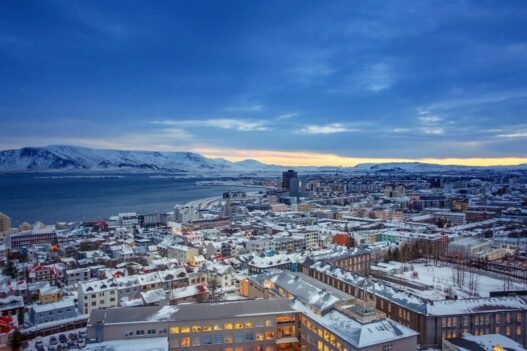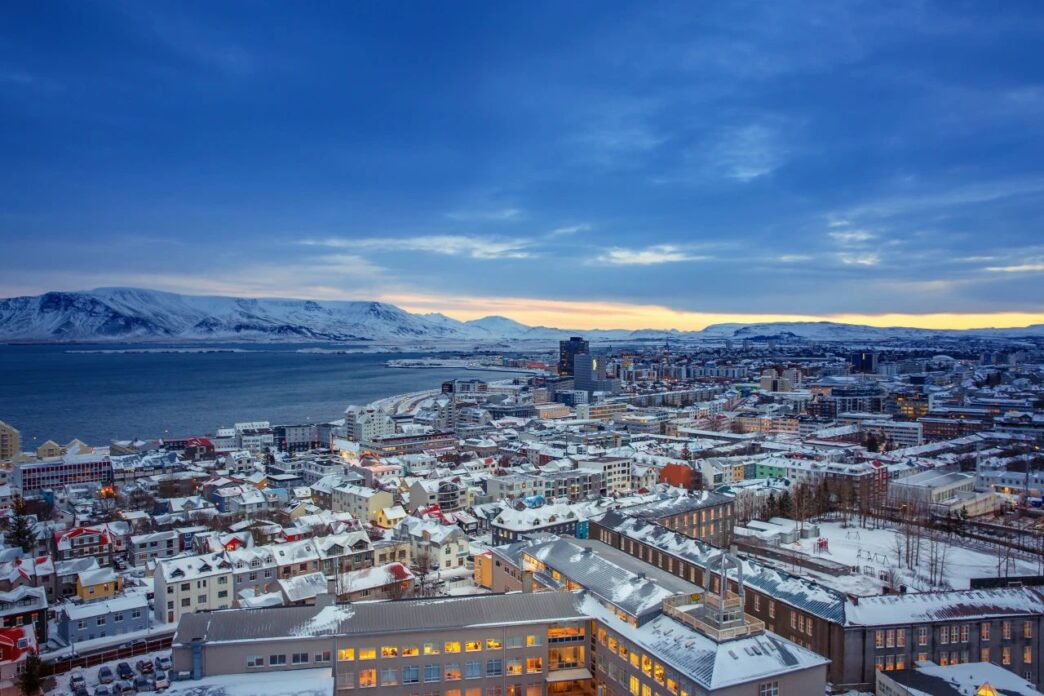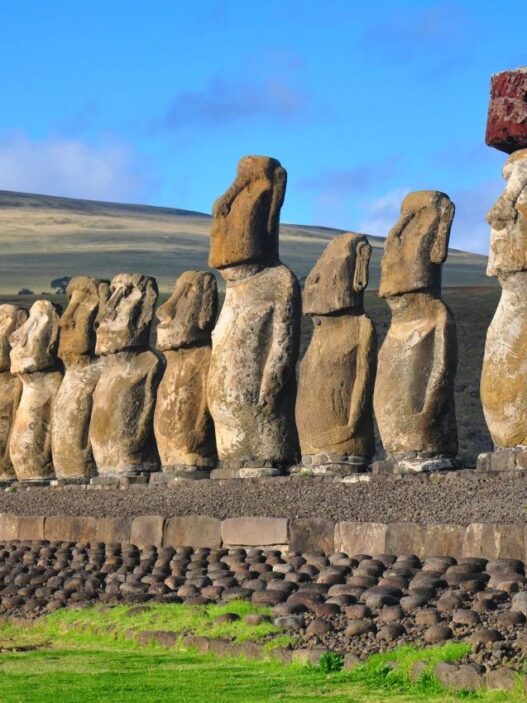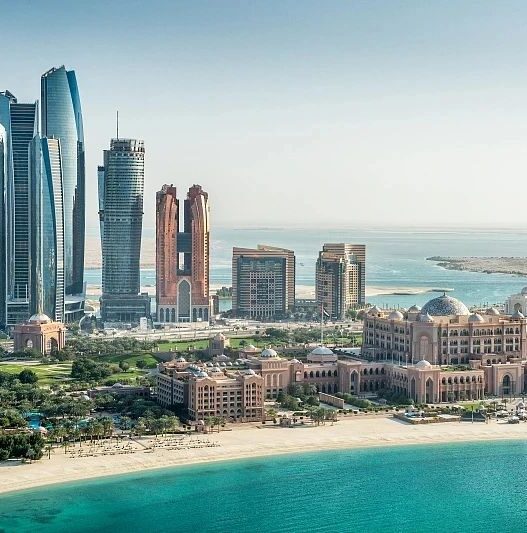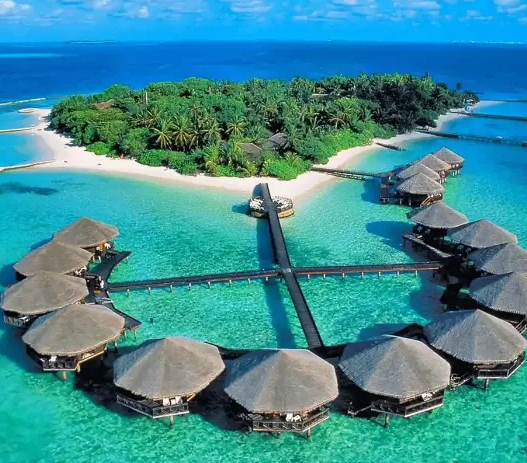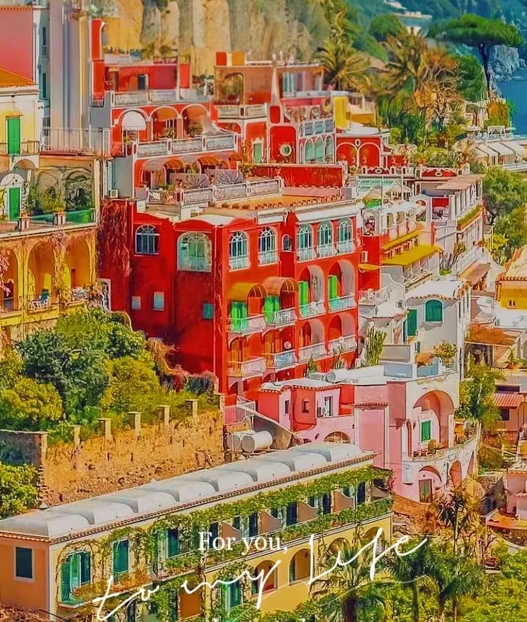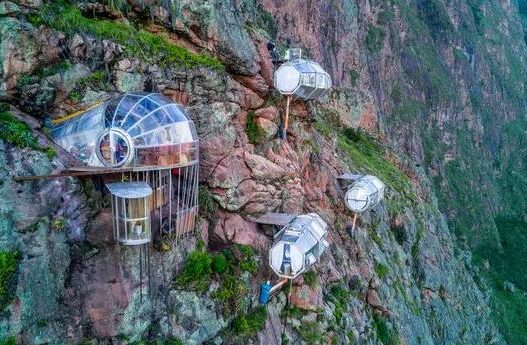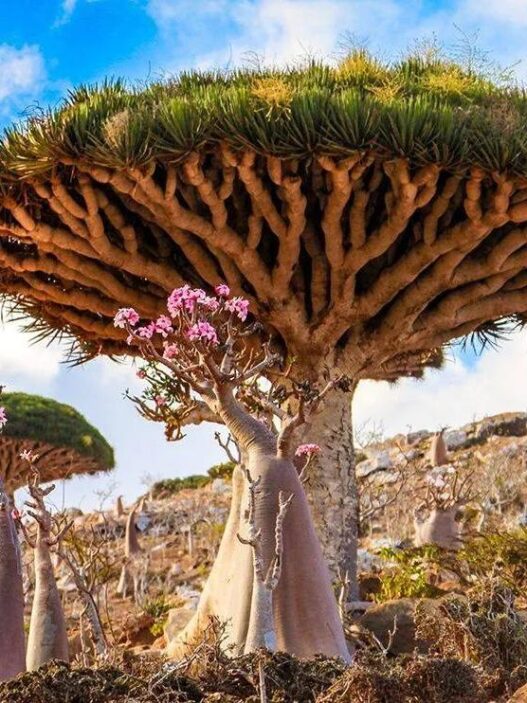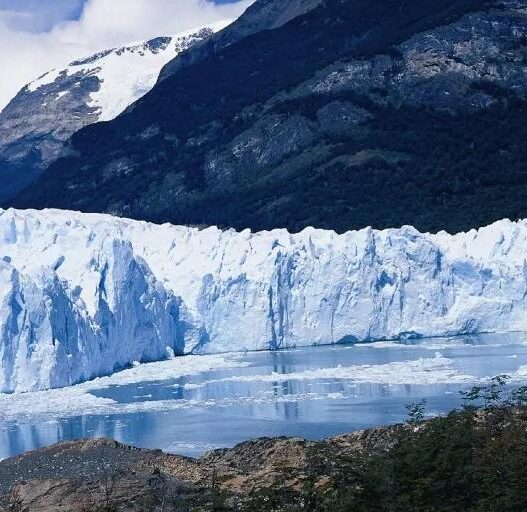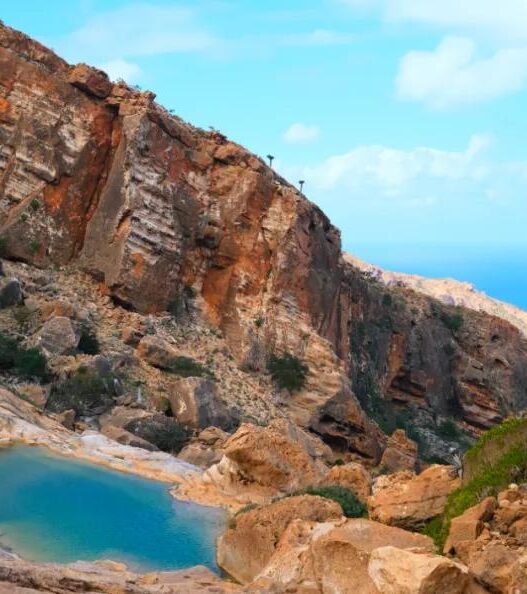The Arctic, located above 66°34′N, is a vast frozen wilderness where the Arctic Ocean occupies 60% of the area, and the remaining land is a snow-covered expanse. The Arctic Circle includes parts of Greenland, Northern Europe, Russia, and Northern Canada, spread across eight countries: Iceland, Norway, Denmark, Sweden, Finland, Russia, Canada, and the United States.
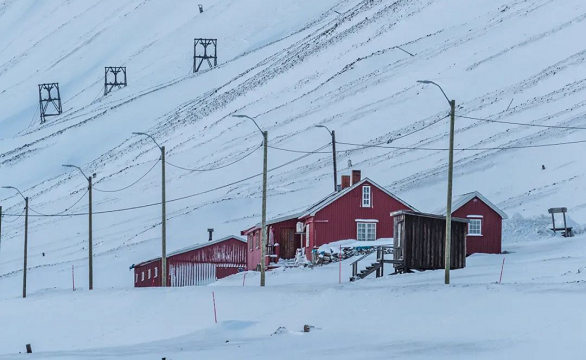
While traveling to the Arctic is more accessible than the Antarctic, the routes and methods are far more complex. The Arctic offers a truly unique adventure with different regions, experiences, and challenges.
The Three Key Arctic Concepts
First, it’s important to understand that “Arctic Circle,” “Arctic,” and “North Pole” are three distinct concepts, ranging from broad to specific.
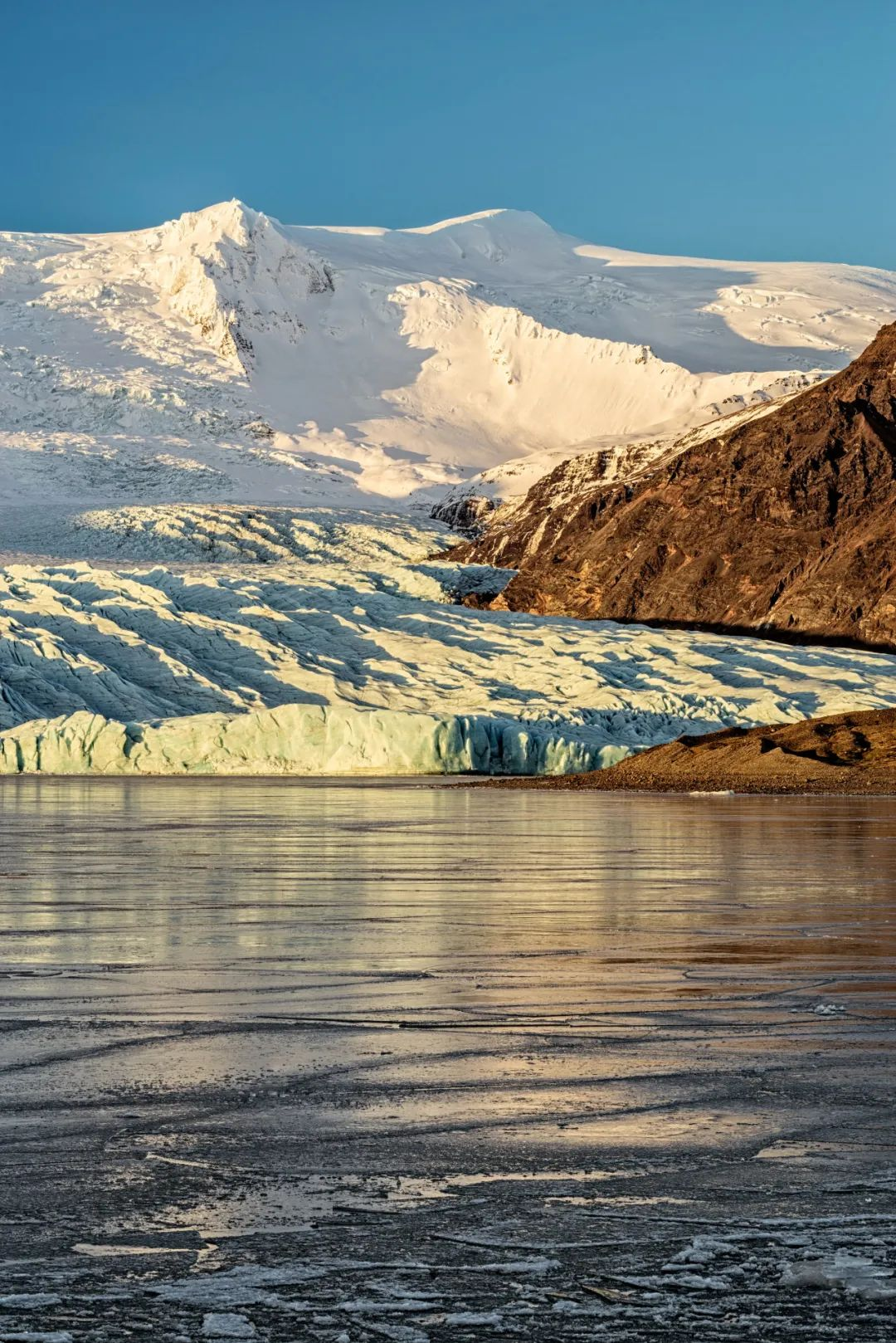
Arctic Circle: The Arctic Circle marks a region within which the eight aforementioned countries reside. While many claim to have visited the Arctic, they may have simply explored one of these countries, not the true Arctic.
The Arctic: This refers to the more iconic areas within the Arctic Circle, such as the Svalbard Islands (Norway), Greenland (Denmark), and Iceland—regions that offer the most distinctive Arctic landscapes and ecosystems.
The North Pole: The true challenge is reaching the North Pole, a place covered by perennial ice. Only two icebreaker ships can take visitors there, and travel is limited to specific times of the year.
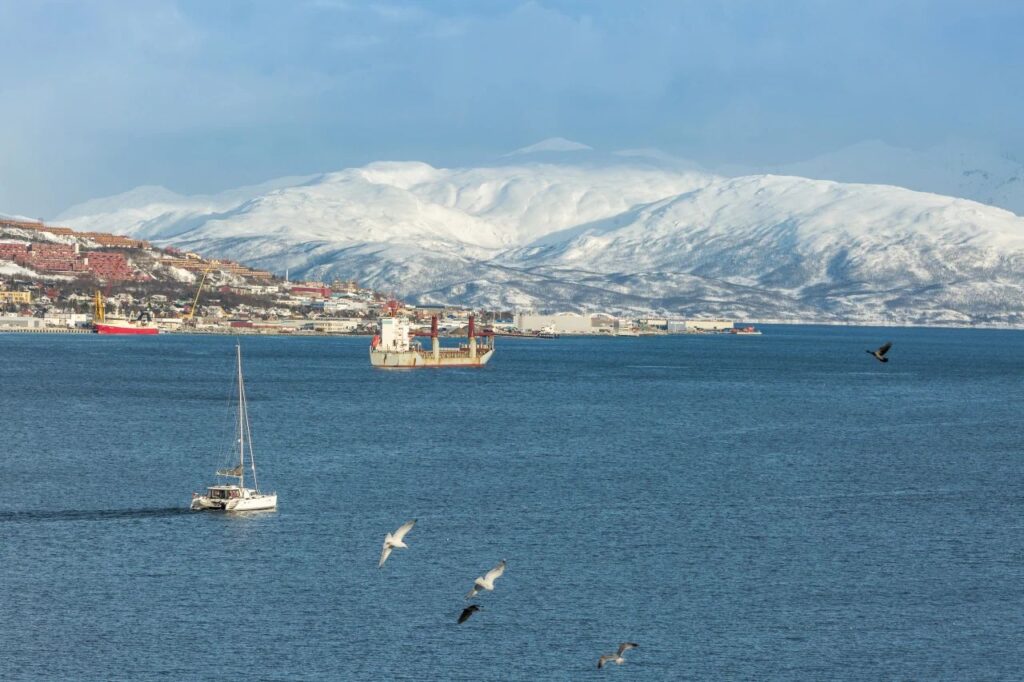
While the Antarctic impresses with the sight of vast penguin colonies, the Arctic boasts a rich diversity of species, including polar bears, Arctic foxes, whales, walruses, and seals. This unique combination of creatures and landscapes makes the Arctic an extraordinary destination.
The Nordic Five: Surprises Beneath the Northern Lights
The Nordic region, composed of five countries in the Scandinavian Peninsula, is known for its minimalist style and extreme natural beauty.
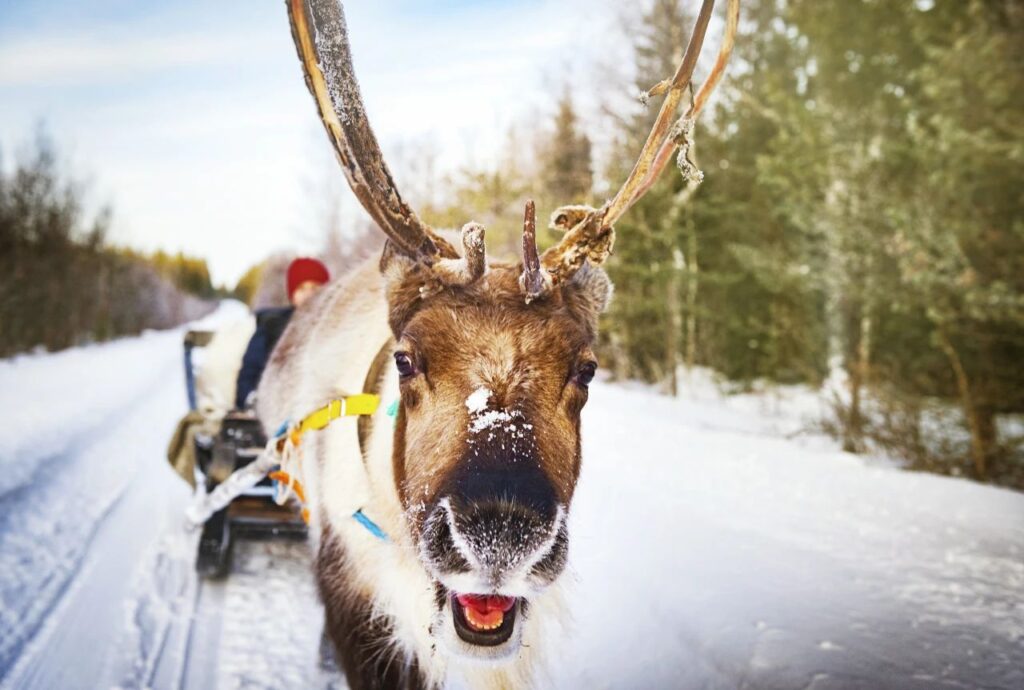
Finland: Known as the Land of a Thousand Lakes and the home of Santa Claus.
Iceland: A land of volcanoes, glaciers, and spectacular natural wonders.
Norway: Famous for its majestic fjords and rugged coastlines.
Denmark: A fairy-tale kingdom with Greenland and the Faroe Islands.
Sweden: A peaceful land of vast forests and serene lakes.
Arctic Islands: A Must-Visit for the Adventurer
Svalbard: Enter the Kingdom of Polar Bears
Located in the northern part of Norway, Svalbard is the most biologically rich group of islands in the Arctic. It is the gateway for most Arctic cruises, with easy access to wildlife and dramatic landscapes. Around 3,000 polar bears roam here, making it one of the best places to spot these majestic creatures. The islands are covered in glaciers, and there are airports and ports for summer access.
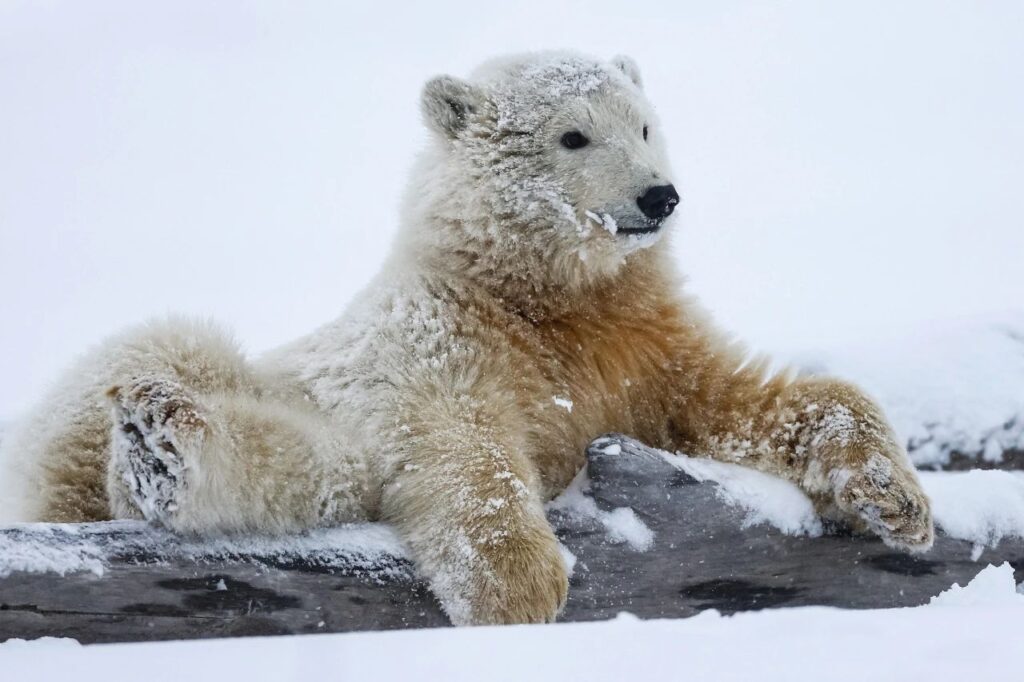
Greenland: Encounter Aurora Borealis on the Sea
Greenland, the world’s largest island, is part of Denmark and lies almost entirely within the Arctic Circle. Known for its vast glaciers and ice fjords, Greenland offers a chance to witness massive icebergs drifting through the fjords. It’s also one of the best places in the world to see the Northern Lights, where the dancing green lights illuminate the icy waters—a view you can’t find anywhere else.
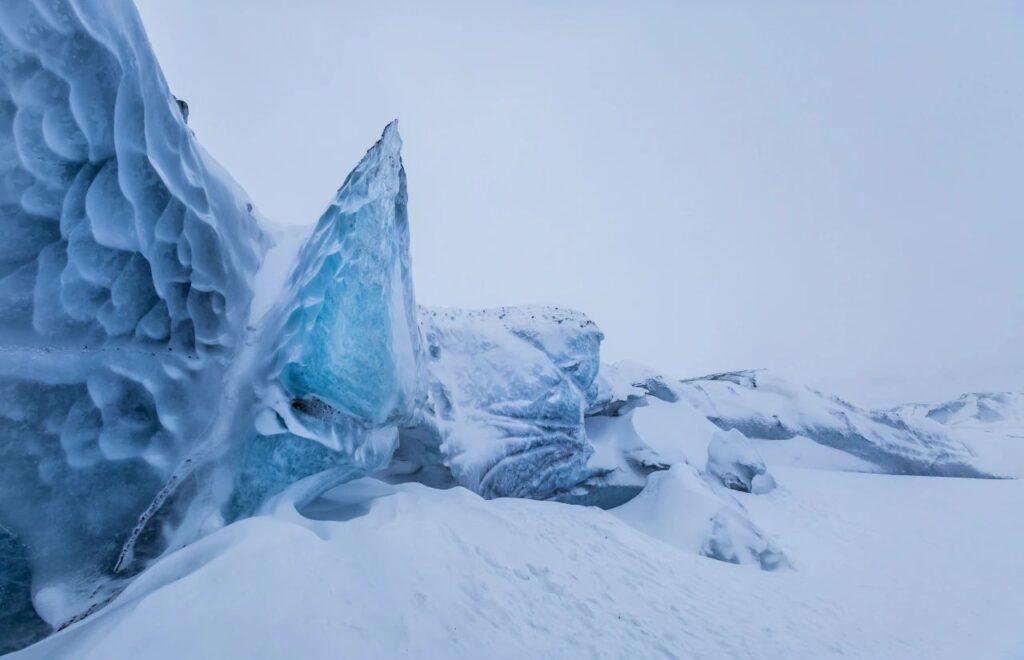
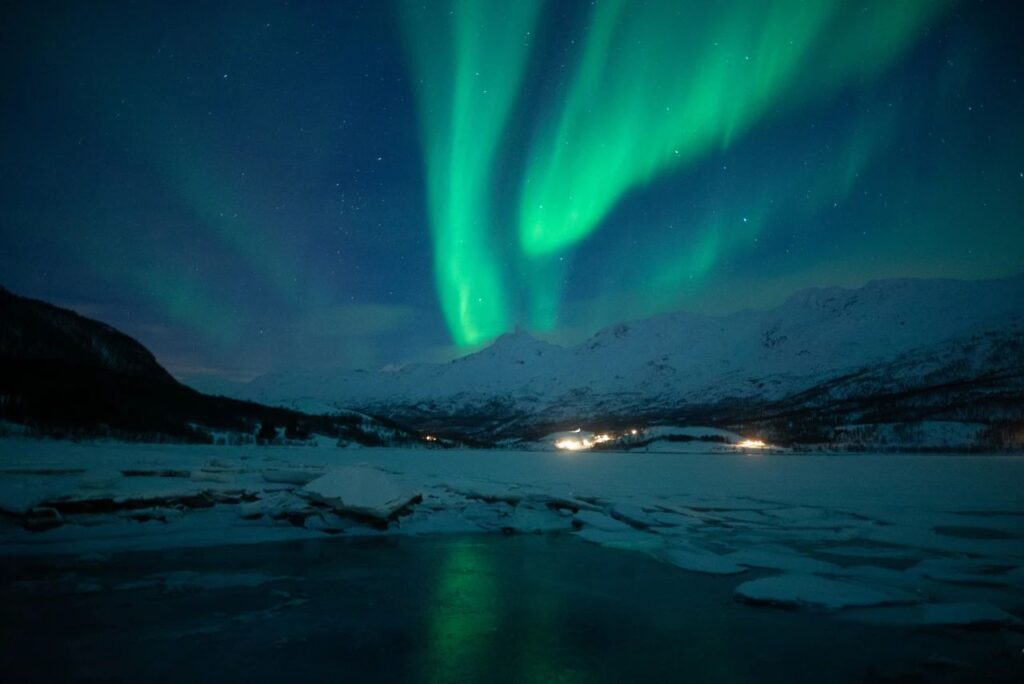
Besides natural wonders, Greenland is home to abundant wildlife, including musk oxen, polar bears, Arctic foxes, and whales.
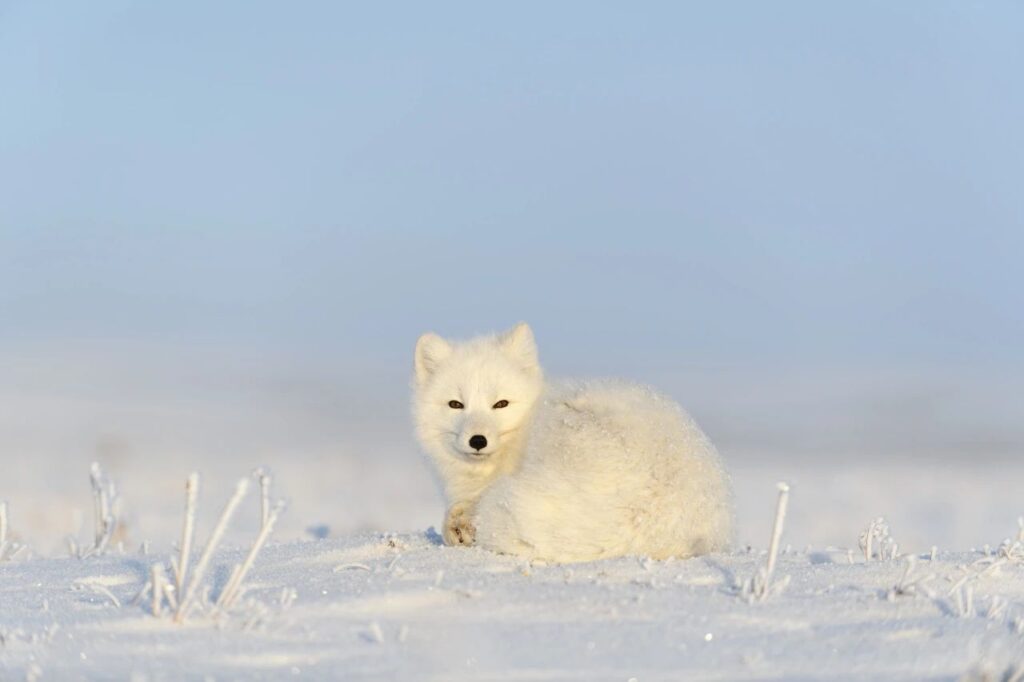
Iceland: A Symphony of Ice and Fire
Iceland, just outside the Arctic Circle, is the only country fully within the Aurora Borealis belt. The Northern Lights frequently paint the sky in hues of green, purple, and pink. Iceland’s stark landscapes offer some of the most unique natural features in the world, such as volcanic craters, black sand beaches, and majestic glaciers. It’s a land where fire and ice co-exist, making it a place full of adventure and wonder.
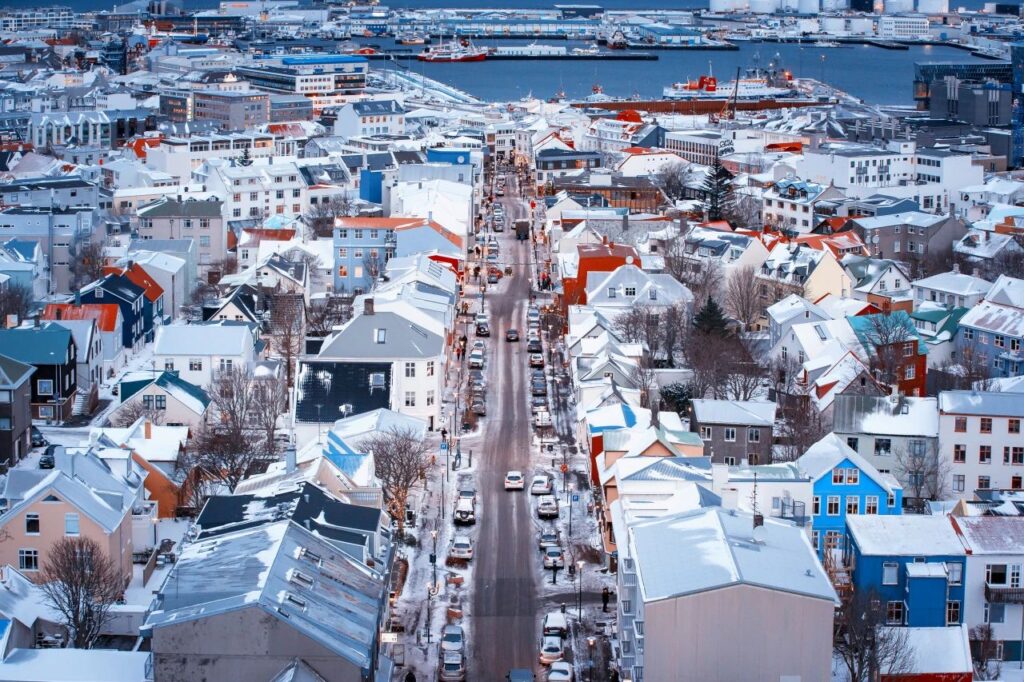
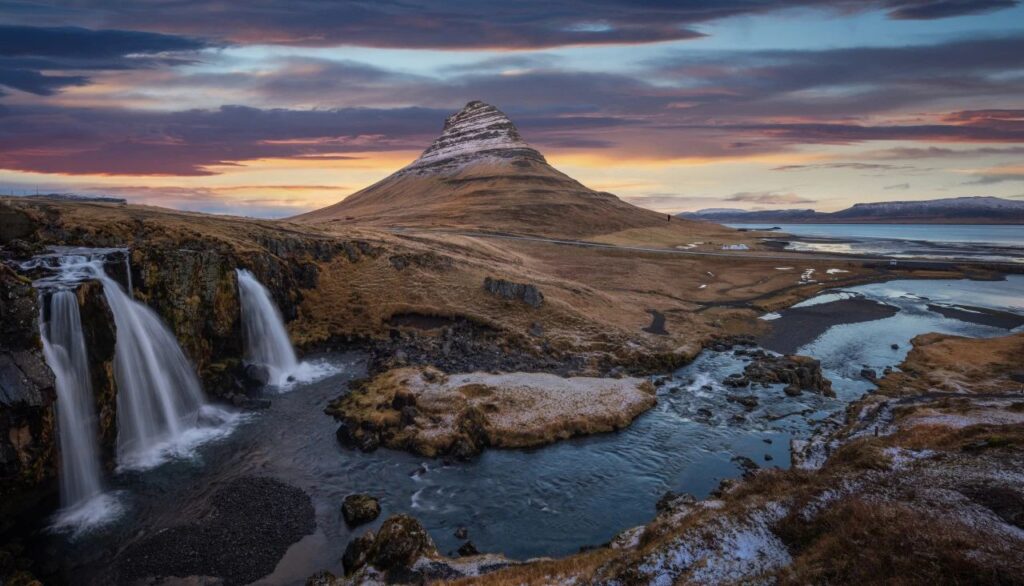
The North Pole: The Pinnacle of Exploration
The North Pole, located at 90°N, is a mysterious place permanently covered by drifting ice. The closest land is more than 700 kilometers away. In 1909, American explorer Robert Peary became the first person to reach the North Pole, and since then, it has become one of the ultimate travel destinations. Despite technological advances, reaching the North Pole is still a rare feat, with fewer than 1,500 visitors each year.
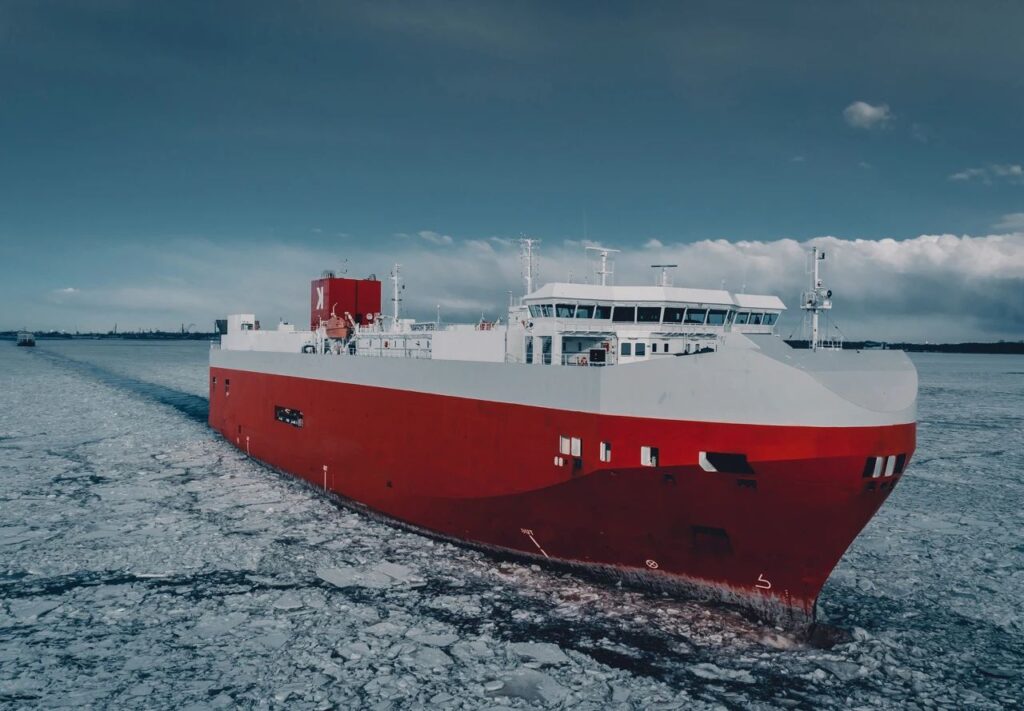
Currently, the only two icebreaker ships that can take travelers to the North Pole are the “50 Years of Victory” and “Commander Shchukin.” These voyages are exclusive, thrilling, and deeply rewarding for those who make the journey.







